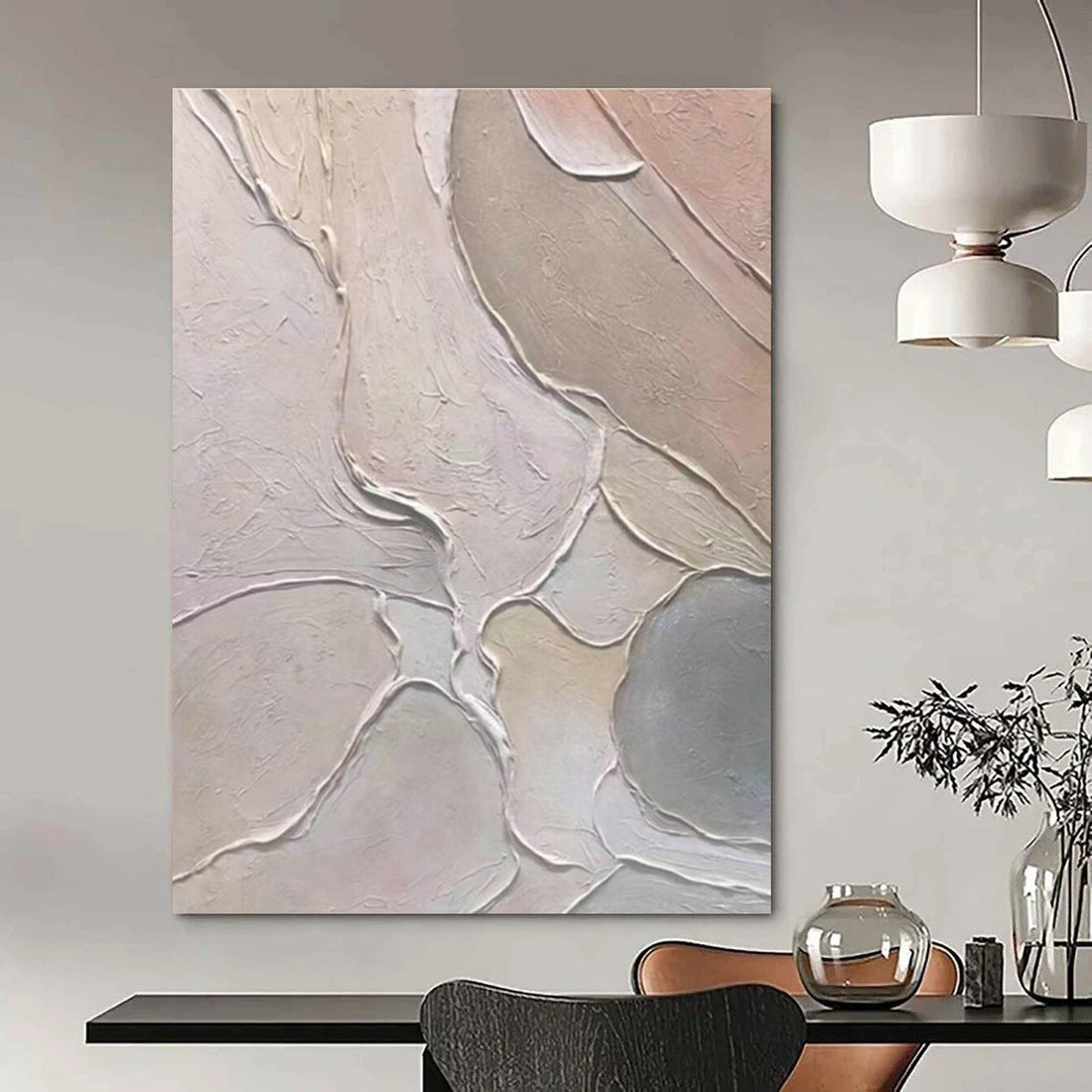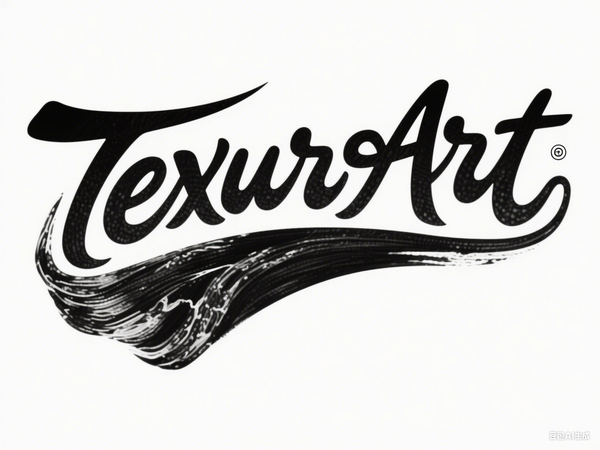
Minimalist Painting - The Beauty of Simplicity in Contemporary Art
Share
Minimalist Painting is a powerful art form that emphasizes simplicity, clarity, and intentional reduction of form. Emerging in the 1950s and 1960s, this movement challenged the emotional intensity and complexity of Abstract Expressionism by focusing on pure abstraction, geometric shapes, and limited color palettes. To explore a curated collection of minimalist artworks, visit Minimalist Painting.
At its core, minimalist painting discards decorative elements and personal expression to highlight the fundamental aspects of painting—form, color, texture, and space. These artworks often feature large color fields, sharp edges, and flat surfaces, where brushstrokes appear almost erased. The goal is to create harmony through balance, repetition, and subtle visual rhythms.

Origins and Key Artists
Minimalism originated primarily in New York during the early 1960s, emerging as a reaction against the gestural and emotional qualities of Abstract Expressionism. Early innovators like Frank Stella broke new ground with works such as his Black Paintings (1958-1960), which showcased narrow stripes of black paint separated by bands of raw canvas, emphasizing the flatness and literal presence of the surface. Stella famously declared, “What you see is what you see,” encapsulating the minimalist ethos.
Other notable artists include:
-
Ellsworth Kelly: Renowned for his bold, colorful, and simplified forms that explore spatial relationships.
-
Josef Albers: Best known for Homage to the Square, exploring color interaction through nested squares.
-
Donald Judd: Though mainly a sculptor, Judd’s influence impacted minimalist painting with his emphasis on simplicity and object presence.
-
Robert Ryman: Known for white-on-white paintings focusing on texture and subtle variations in tone.
Characteristics and Techniques
Minimalist paintings are marked by a restrained visual language. Typical features include:
-
Use of geometric shapes and symmetrical compositions.
-
Large monochrome or limited color fields.
-
Absence of visible brushwork or expressive marks.
-
Experimentation with canvas shape and texture, sometimes incorporating relief or sculptural elements.
-
Emphasis on repetition, balance, and spatial relationships.
-
Exploration of color theory through subtle gradations and contrasts.
This art is not about telling a story but engaging viewers in a perceptual experience, inviting contemplation and introspection.

Broader Impact and Related Concepts
Minimalism influenced other art forms and design disciplines, including sculpture, architecture, and interior design. Minimalist art often appears in modern homes as Minimalist Canvas Art or Minimalist Wall Art, where its calm, balanced style complements minimalist decor principles, creating environments of quiet luxury.
For inspiration, the movement encourages artists and collectors to embrace simplicity while pushing the boundaries of form and color in creative ways.
Authoritative Resources to Explore
-
The Art Story's Minimalism Movement Overview provides an excellent introduction to the movement and its artists.
-
Contemporary Art Issue offers a Complete Overview of Minimalist Painting.
-
Tate’s Minimalism Explanation highlights the historical and conceptual context.
-
Sotheby’s detailed guide on Minimalism explores history, characteristics, and key figures.
-
Smarthistory’s Introduction to Minimalism provides concise knowledge suitable for all audiences.
Frequently Asked Questions (FAQ)
What defines Minimalist Painting?
Minimalist Painting emphasizes simplicity through geometric forms, limited color palettes, flat surfaces, and reduction of personal expression to create pure, objective compositions.
Who were the pioneers of Minimalist Painting?
Key pioneers include Frank Stella, Ellsworth Kelly, Josef Albers, Donald Judd, and Robert Ryman.
How does Minimalist Painting differ from Abstract Expressionism?
Minimalism rejects the emotional, gestural brushwork and narrative metaphors of Abstract Expressionism, focusing instead on clarity, form, and material presence.
Where can I see quality Minimalist Paintings online?
A curated collection can be found at Minimalist Painting.
What are common themes in Minimalist art?
Repetition, balance, geometry, subtle color transitions, and the focus on the artwork as an object rather than representation.
